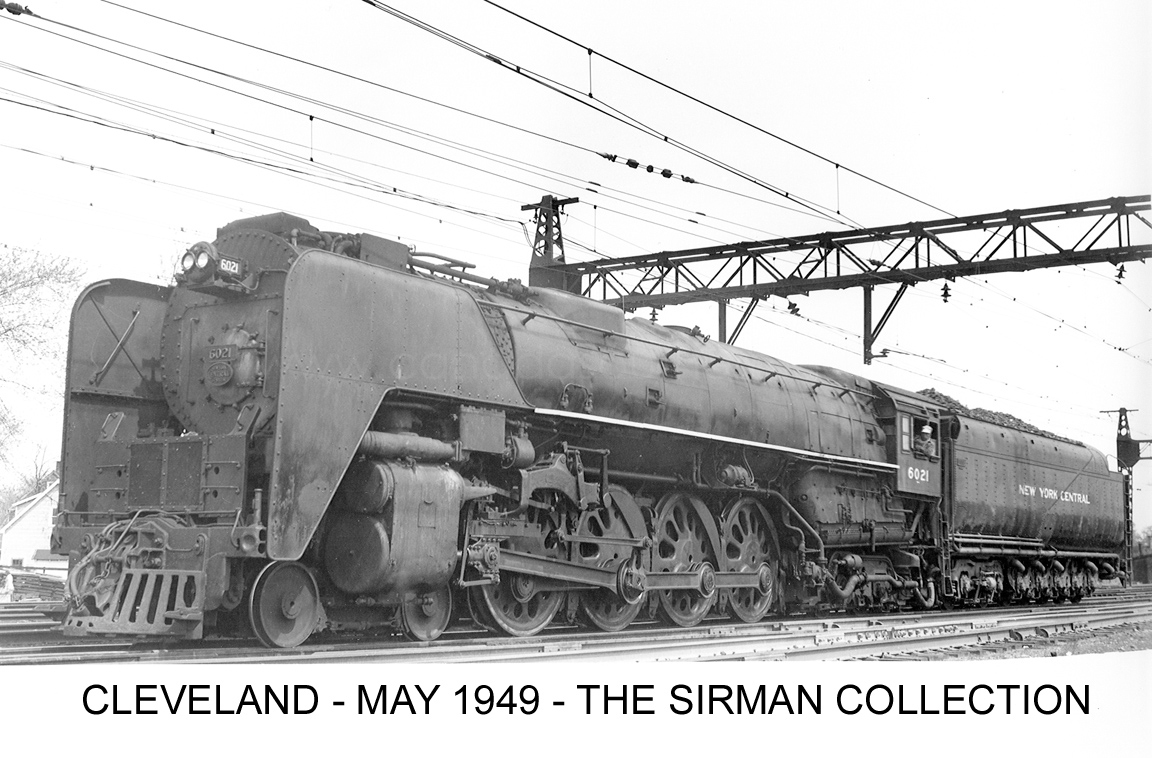by NYC_Dave
The new fourth qtr. Central Headlight has a great frontal photo of Niagara 6011 on the cover. And for the first time I noticed that there are small "wings" welded to the cast pilot on either side. On checking lots of other Niagara photos I found that they all had these, except the 6000 when it was new. They were later added to the 6000. I found a picture of a new 6001 and it had the wings. I have not found any Hudsons or Mohawks with the additions. Does anyone know what purpose these additions served?
The "wings" are discernible above the pilot steps in these photos from the Canada Southern website.


The "wings" are discernible above the pilot steps in these photos from the Canada Southern website.

